What’s the problem?
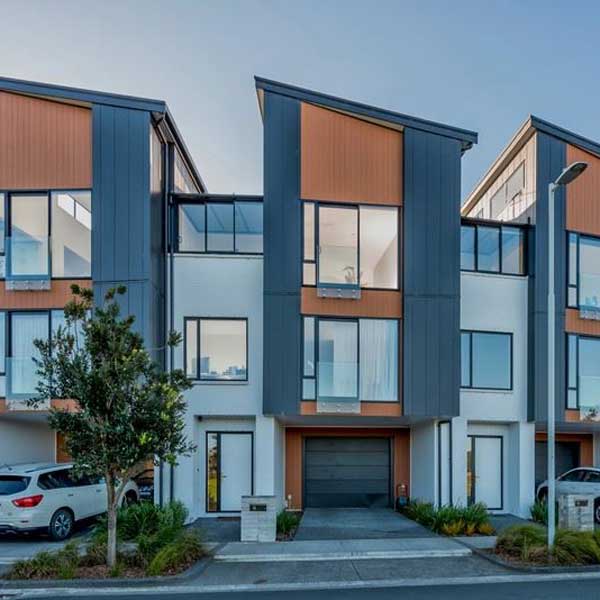
What’s wrong with this picture?
It’s anti-social. The front face of the building is a garage door. People live inside, rarely venturing onto the street because the street is for cars, not people. There is no community, and no provision for community. It was Jane Jacobs who observed how public space fosters, or suppresses community. These are homes dependent on indoor media – internet connections, TV, Facebook not face-to-face.
In 2020, it looked new and clean, but it will not age well. In time it will become a ghetto because it had a very narrow brief – build warm and dry homes on smaller footprints, rather than build communities that people love, where people thrive and enjoy their neighbours.
What is diversity?
Diversity means different people travel in different circles. They share different values. They live differently. But when one attempts a social experiment mixing them together, tension and conflict tend to arise. It’s human nature. Equally useless is pressing for homogeneity. It is far more enriching to encourage cultures to preserve their languages, foods, festivals and their traditions, but do so in a context of appreciation not spectacle or resentment.

In creating diverse communities, one must begin with commonality – that the people who will live in the community share some common interest, some common value. In NZ social housing people share poverty and dependence on the state, which is not necessarily the best value set. The planning model in NZ is deeply flawed, and it is producing bad outcomes.
Architectural and landscape design is especially important. New Zealand design has focused too much on a modern appearance, neglecting the impact design has on forming positive communities. In these photographs, two very similar sets of buildings, one in Windsor California and the other in Cadaques Spain illustrate the effect.
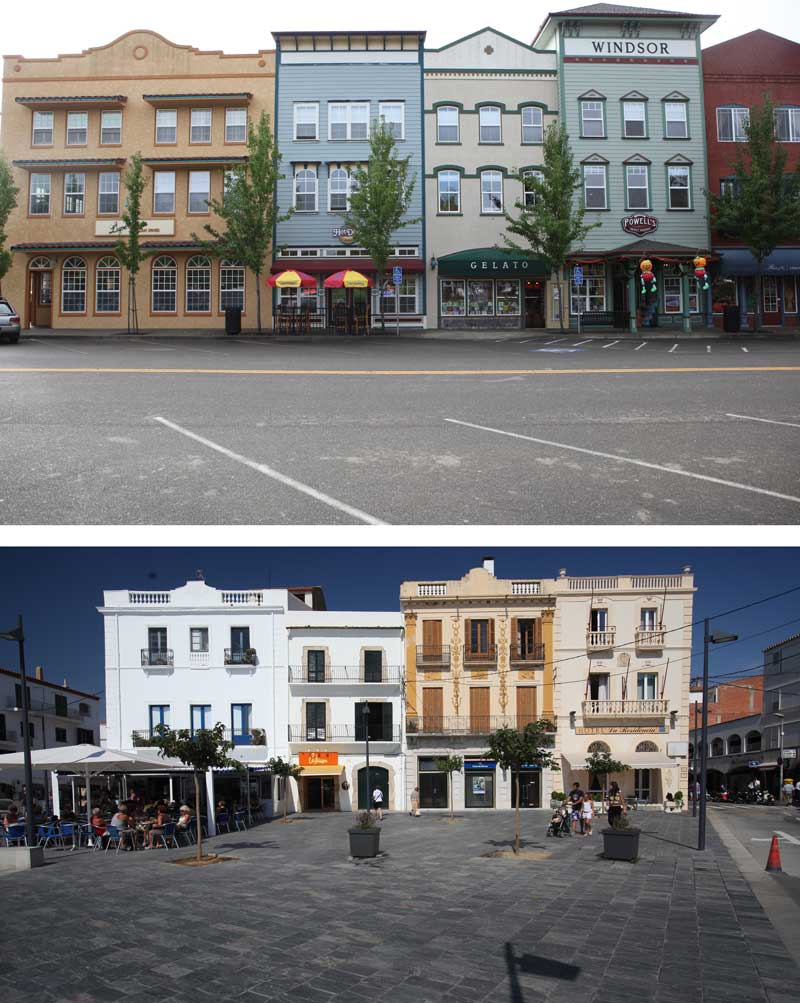
While physically similar, Windsor is anti-social and pro-car. Pedestrians are shunted to the side of the road and the experience is unpleasant when cars are pulling in and out. Cadaques built a plaza rather than a street. Pedestrians are paramount. The cafe is active all day long, well into the evening. In addition, the Windsor buildings try to look unique, but their designer selected the same window supplier and cladding supplier that undermines their attempt at authenticity.
This occurs because the people who will live there have no input in the decision-making process. The old cities and towns with character do not have that character because they took centuries to evolve, but because the person who built the building intended to live there, sometimes for generations. As a result, they would embed their personality in the design. Following this, it is important that the first people to live in the town – its founders – are engaged in the design process. Not making engineering or architectural decisions that require professional expertise, but in setting out the look and feel of their village and of their home, where the developer provides a portfolio of choices that ensure character.
How a Kainga / Market Town solves it

A Kāinga/Market Town is a town of side-by-side villages. This creates the opportunity to create different, diverse communities of interest. For example, when the idea of a Market Town was first mooted, Maori asked to have the village by the front gate so they could perform the welcoming ceremony for honoured guests and new residents.
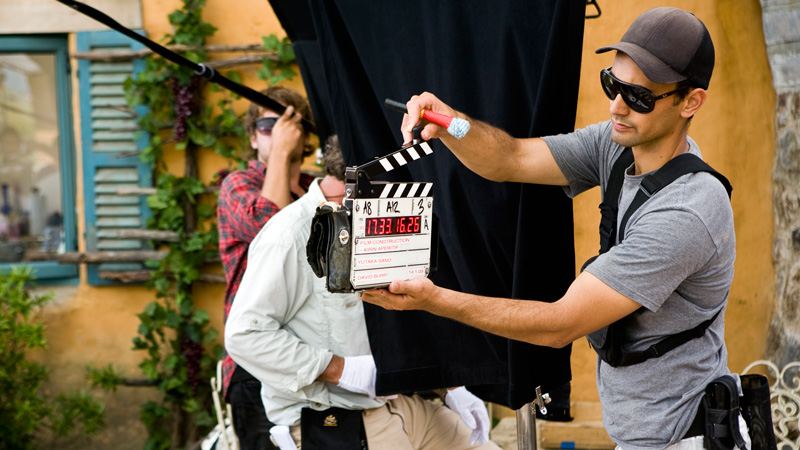
Film: Another early group were people working in the film industry. It’s a gig economy, where the idea of all the backroom artists and professionals concentrated in a village would create a critical mass likely to attract more business and foster a more creative environment. A similar interest was expressed by the high-tech industry where the village would become a tech village of like-minded people.
Trend setters and lifestylers – adults without children – expressed interest in their own village that would have a more active public social life, more cafes, pubs and adult gathering places.
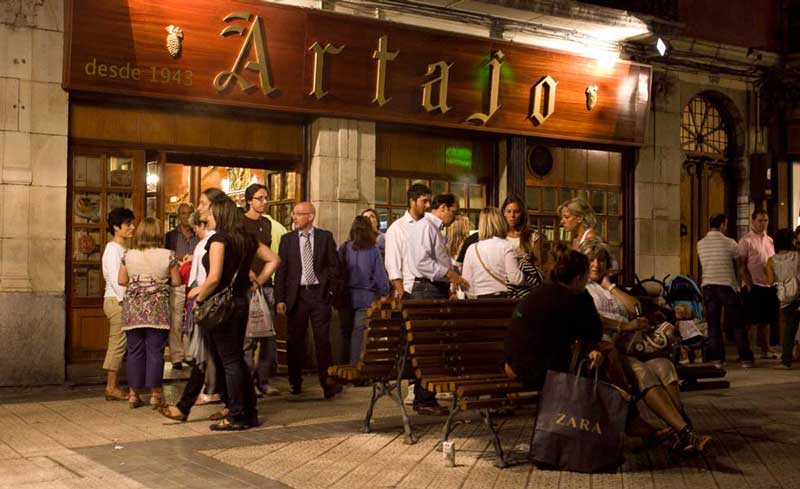
Families: Then, in contrast another group of parents of school-age parents asked to have a family-friendly village with infrastructure designed for children and teens. This meant more than the engineered playground. It meant a flat, low-walled, smooth-surfaced area on the village plaza, like this one in Soller Spain where children could play safely. Note the cafe tables next to the play area. Parents could enjoy each other’s company while the children played.
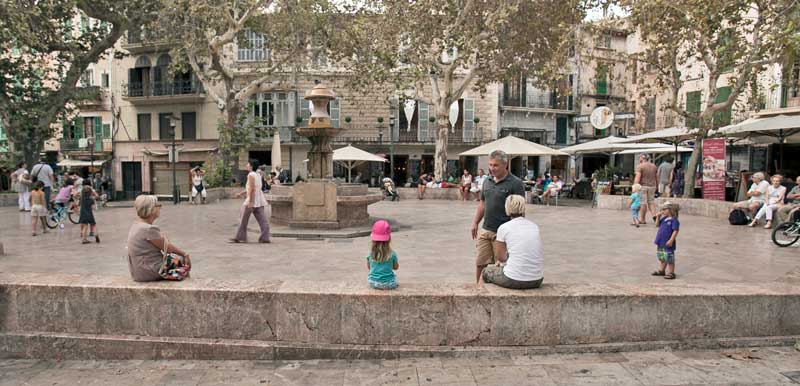
Nationalities: New Zealand is a nation of migrants, some having arrived on wakas, others during colonial times and many arriving in the past few decades. New migrant groups often feel more comfortable clustering and the diverse village design provides for that. Because Market Towns are based on attracting head-of-household jobs, not selling houses first-come/first-serve, part of its economic strategy is to headhunt the world for businesses and industries that would make a significant contribution to the national economy. But inviting such people does not ensure they will come. Often the breadwinner is excited but the primary caregiver is concerned about moving overseas, especially leaving their familiar culture. A village based on nationality can overcome that, and it also makes the Market Town more culturally enriched as people are exposed to different cultures as easily as taking a walk to the next village.
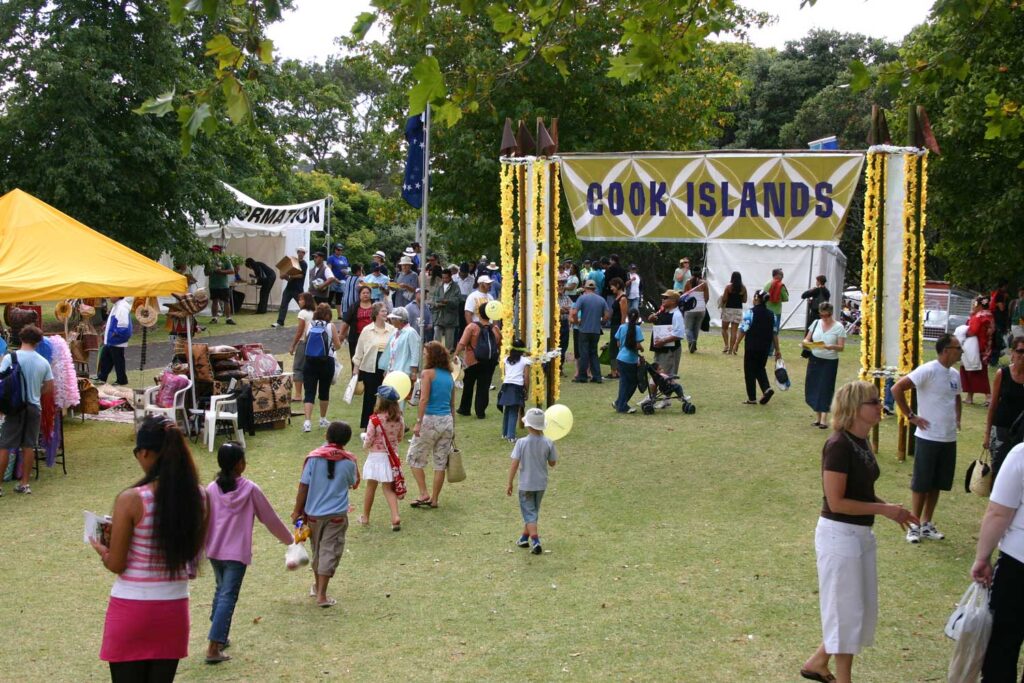
Photo: Pacifika Festival – Auckland
Diversity is more than ticking boxes. It is providing comfortable spaces for people who share something in common, while encouraging different groupings to form communities. By designing a car-free town made of side-by-side villages, diversity that reflects the many cultures of New Zealand is encouraged. It makes for a more socially and culturally enriched society.